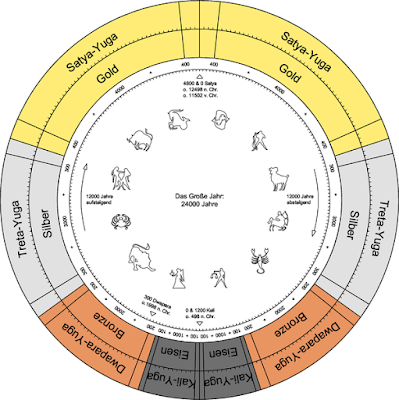Lord Brahma (Sanskrit: ब्रह्मा, IAST: Brahmā)
Brahma (Sanskrit: ब्रह्मा, IAST: Brahmā) is the creator god in Hinduism. He is also known as Svayambhu (self-born) or the creative aspect of Vishnu, Vāgīśa (Lord of Speech), and the creator of the four Vedas, one from each of his mouths. Brahma is consort of Saraswati and he is the father of Four Kumaras, Narada, Daksha, Marichi and many more. Brahma is synonymous with the Vedic god Prajapati, he is also known as Vedanatha (god of Vedas), Gyaneshwar (god of Knowledge), Chaturmukha (having Four Faces) Svayambhu (self born), etc, as well as linked to Kama and Hiranyagarbha (the cosmic egg). He is more prominently mentioned in the post-Vedic Hindu epics and the mythologies in the Puranas. In the epics, he is conflated with Purusha. Although Brahma is part of the Brahma-Vishnu-Shiva Trimurti, ancient Hindu scriptures mention multiple other trinities of gods or goddesses which do not include Brahma.
According to Hinduism, Brahma is the creator of the entire cosmic universe. Although he is the creator, he is not worshipped in Hinduism. According to common lore, once Lord Brahma & Lord Vishnu wanted to find who is the best of the two and went to Lord Shiva to settle the argument. Lord Shiva advised the two that the first one to find the start and end of his celestial body would be considered the greatest. Lord Brahma & Lord Vishnu accepted the challenge and started their journey from the centre of Lord Shiva's body. Lord Brahma travelled towards Lord Shiva's head & Lord Vishnu travelled towards the feet. The two gods travelled for ages across the universe, but couldn't find the head or feet of Lord Shiva. On his journey, Lord Brahma came across an aloe vera flower falling from Lord Shiva's head. On querying the distance to Lord Shiva's head, the flower said it had been falling down from his head for eons. Lord Brahma thus realised that it was impossible to reach Shiva's head and decided to cheat. Lord Brahma asked the flower to testify that she had seen Lord Brahma reaching Lord Shiva's head. Lord Brahma went back to Shiva and informed him that he had visited his head (with a testimony from the flower), and requested he be declared as the greater of the two. As an eternal being, Shiva realised that Lord Brahma was not truthful and cursed him that he would not be worshipped by the gods or mortals. Lord Shiva also decreed that aloe vera flowers should never be used for Shiva puja.
Some alternative names for Brahma are:
Vednatha
Chaturmukha
Prajapati
Hiranyagarbha
Vedagarbha














